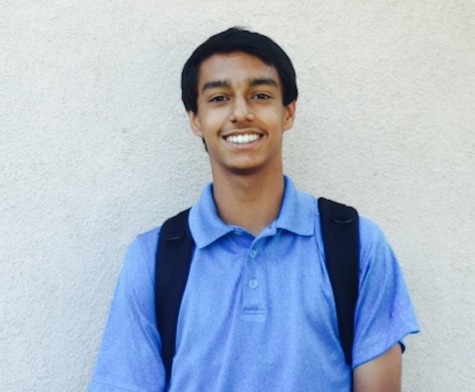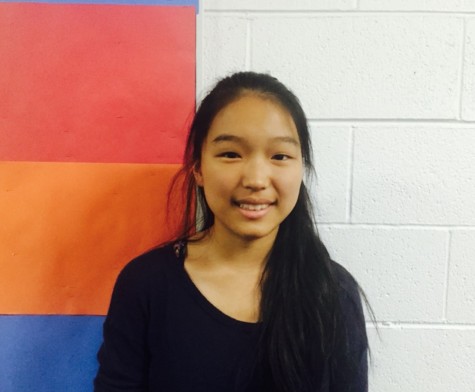Students participate in national research competitions
September 14, 2015
Broadcom MASTERS
Broadcom MASTERS is as a national competition for middle school students who placed in the top 10 percent of their local SSP science fair earlier in the year.
In 2014, five students qualified as Broadcom semifinalists, and Rajiv Movva (10) placed first nationally in the Mathematics division. This year, freshmen Cameron Jones, Anjay Saklecha and Krish Kapadia were named semifinalists.

Krish Kapadia (9) participated in Synopsys and Broadcom Masters earlier this year with partner Anjay Saklecha (9).
Anjay and Krish’s project used saliva to test for dehydration.
“The research took a long time, longer than we expected,” he said. “There was a lot of rushing [because] we didn’t plan on it coming up that soon.”
Students submit applications online, and 300 are chosen as semifinalists. Thirty finalists from around the country then have the opportunity to travel to Washington D.C. to present their research, participate in team STEM activities, and meet the President.
Siemens Competition
The Siemens Competition serves as a platform for individual research projects of seniors or partner and group projects for other high school students.
Last year, 13 students qualified as Siemens semifinalists, and Jason Chu (‘15) and seniors Sadhika Malladi, Jonathan Ma and Vineet Kosaraju were named as regional finalists.
Sophomores Amy Jin and Jerry Chen conducted a research project to analyze genes related to obesity, and they will participate in this year’s Siemens Competition. Applications are due Sept. 22.

Amy Jin (10) and Jerry Chen (10) participated in Synopsys this year and are applying for Siemens.
“[Siemens] is kind of more formal in that you have to write a really long paper that’s 18 pages [maximum],” she said. “I think the technical paper writing process is something that you can learn a lot from.”
Amy does not believe that Intel’s ended sponsorship will significantly affect the Science Talent Search (STS) competition.
“STS is a very prestigious competition, and I think that a lot of people in the nation know how important it is in that it fosters high schools students in science,” she said. “So I think that corporations would be interested in sponsoring STS but that the competition won’t exactly change.”
Synopsys
The Synopsys Science & Technology Championship allows middle and high school participants to present their research to judges during its fair every March.
Krish, who participated in Synopsys last year, described his experience at the fair.
“Synopsys has a lot of face-to-face interaction, where you talk to talk to judges directly and you to have demonstrate what your project did,” he said. “The judges were kind of scary at first, but once you got used to it, it was fun.”
Amy has participated in Synopsys for two years.
“I think I learned a lot from presenting your project in a very clear way [so] specialists in your project’s field can understand what you did,” she said.
Last year, 27 students received awards from Synopsys, nine qualified for the California State Science Fair (CSSF) and three qualified for the Intel International Science and Engineering Fair (ISEF).